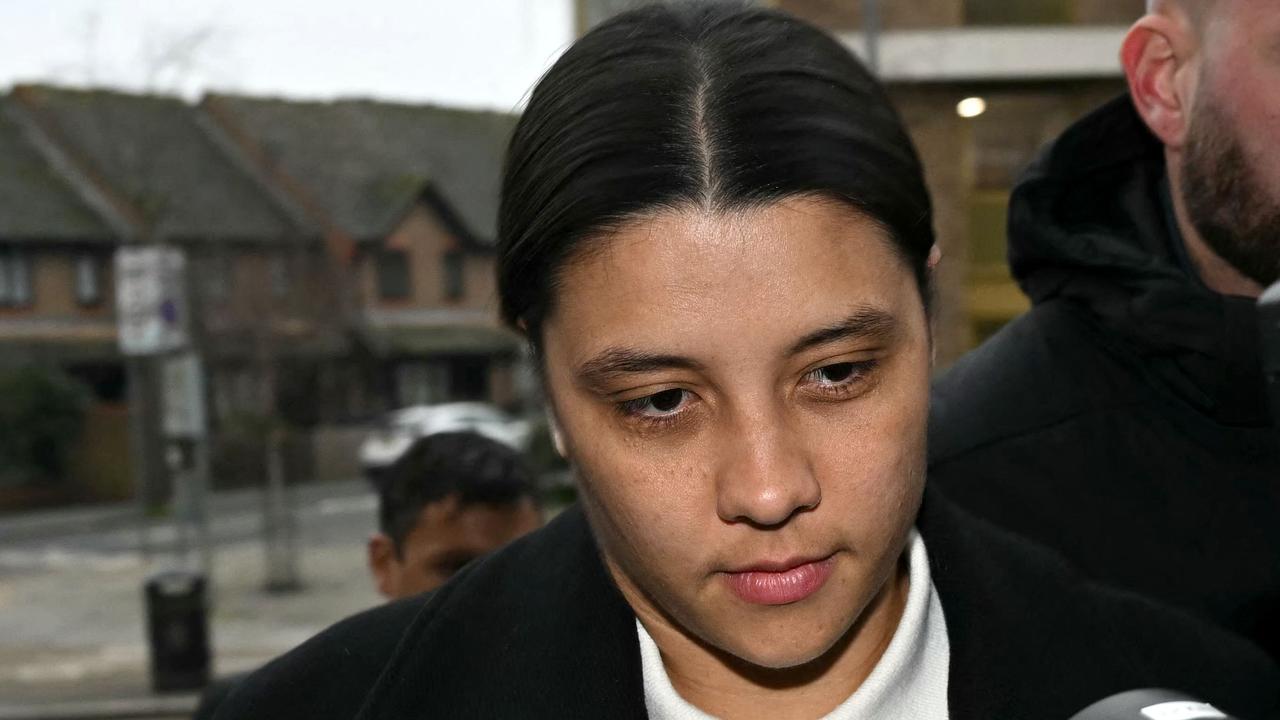Wait times for cervical cancer treatment blow out
Half of Australian women are failing to have a simple test that could protect them against deadly cervical cancer even though the new version only needs to be done every five years.
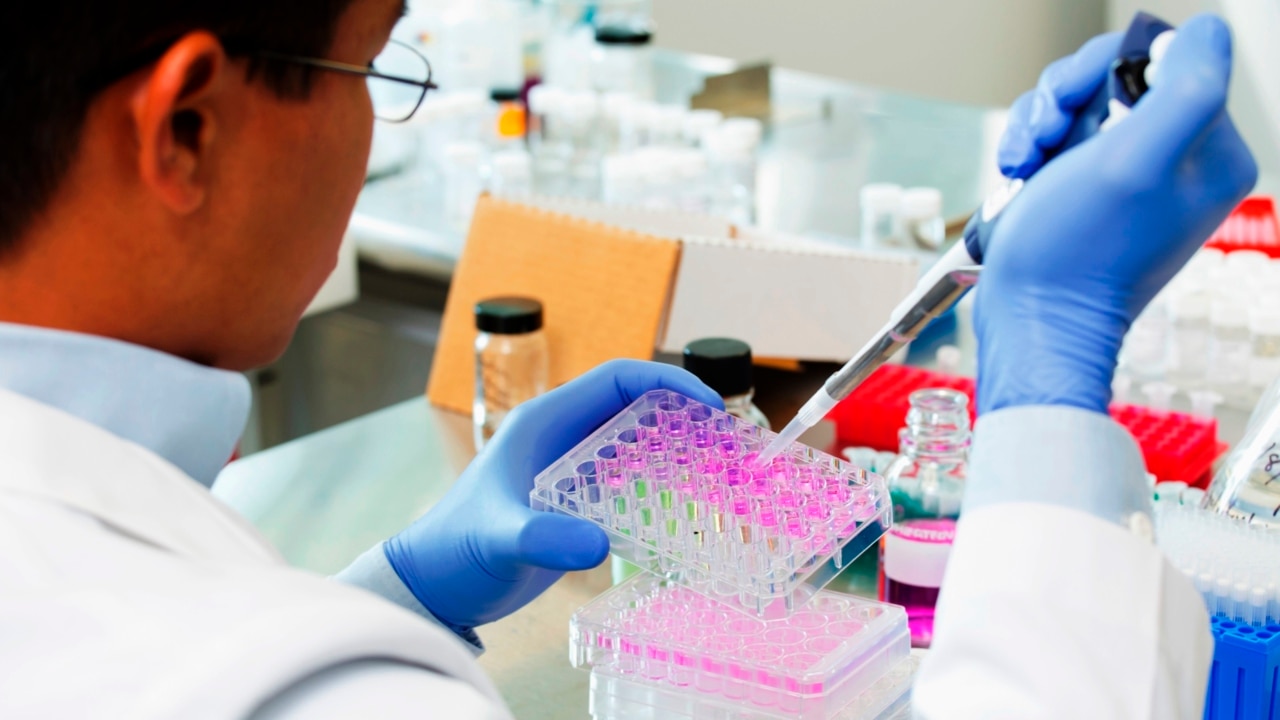
National
Don't miss out on the headlines from National. Followed categories will be added to My News.
Exclusive: Women who test positive for changes that can lead to cervical cancer are facing a six month wait for treatment because public clinics can’t cope with higher detection rates under a new test.
And even though they have had the cervical vaccine some young women are testing positive for changes that can turn into cancer because it does not protect against all strains of the virus that cause it.
Experts are reinforcing the message that even if they have been vaccinated against cervical cancer women still need to have regular five yearly screening tests.
There are 15 high risk Human Papilloma Virus (HPV) viruses that can cause cervical cancer and the current vaccine protects against nine strains of HPV including only seven high risk variants.
There was a major change in the cervical cancer screening program in 2017 when a new more sensitive test for HPV replaced the old pap smear.
Women now only need to be tested every five years instead of every two years.
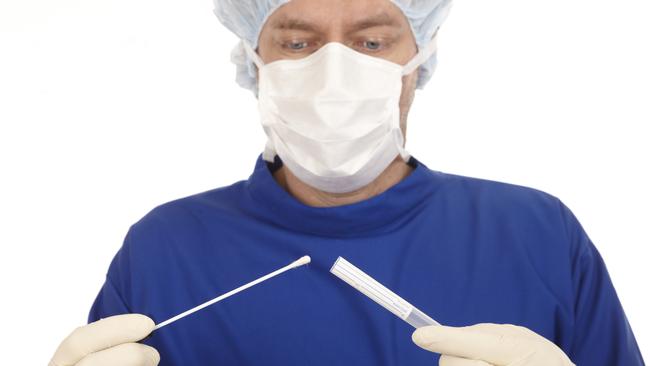
The first study of the effect of the new test published in the Medical Journal Australia, has found the number of women sent for further checks as a result of screening had increased by 300 per cent.
This is because the new test is better at picking up abnormalities.
Plan to eliminate cervical cancer
How deadly funnel-web spider venom can save lives
Why health fund members are using public hospitals
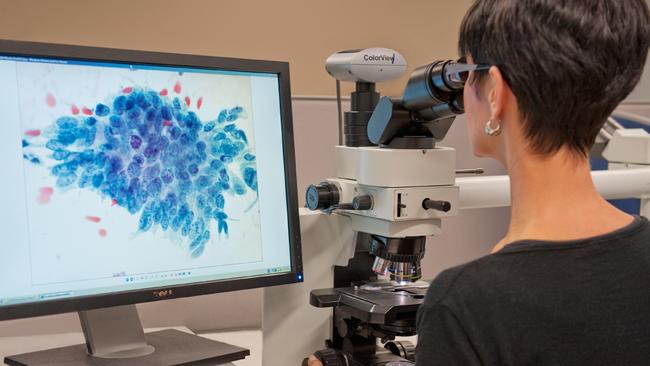
The health system can’t cope with the extra demand and women are waiting six months for further investigation instead of the ideal six weeks, says study author University Sydney Adjunct Professor Dr Annabelle Farnsworth.
Her study of over 190,000 cervical cancer tests conducted between 1 December 2017 — 31 May 2018 has found 2.6 per cent of women needed a further check called a colposcopy, an increase from one per cent under the old pap smear.
“It has seriously exceeded expectations, we thought it would go up 25 per cent but it’s gone up by 300 per cent,” Dr Farnsworth said.
“It has been an ongoing issue trying to get into public clinics, they have been overwhelmed and in Melbourne there is a six month wait,” she said.
Only 56 per cent of women take part in regular cervical cancer screening and the Australian Cervical Cancer Foundation is urging all women to get screened by the end of the year.
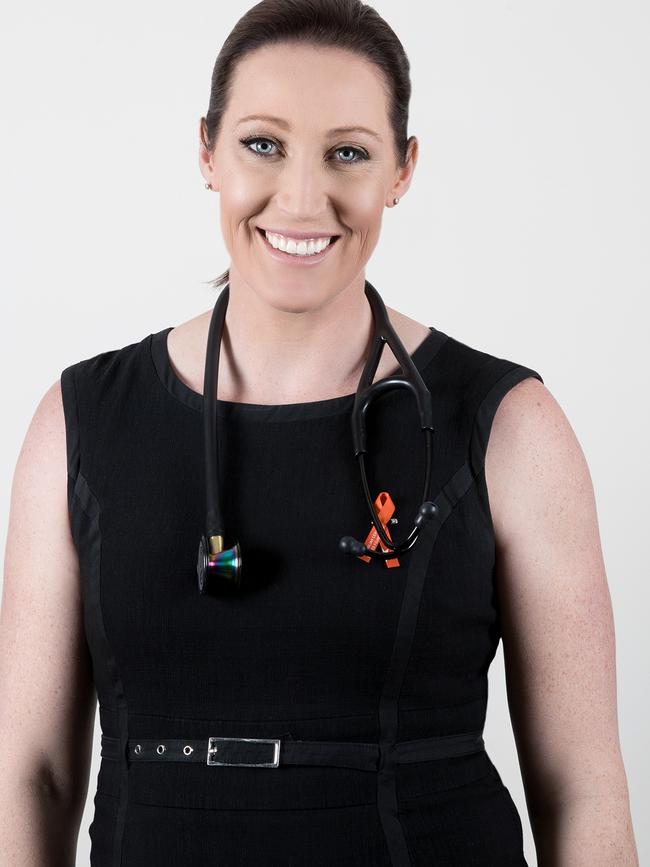
Olympic runner and hurdler Jana Pittman was in the second year of her medical degree and trying to get pregnant with her second child when a screening test showed she had changes in her cervical cells that could lead to cancer.
“I was seven to eight years overdue for a pap smear,” she said.
“I didn’t intend not to do it, I just forgot because I was busy competing.”
Ms Pittman did not need immediate treatment and had six monthly checks which showed the condition did not progress and her body dealt with the virus on its own but the experience led her to choose a career as a gynaecologist.
“I’ve seen young women in their thirties die in the peak of motherhood and the impact on their families is devastating,” she said.
“Five minutes of discomfort can save your life. We are in a position to eradicate cervical cancer.
“I hope my sporting career can help give a voice to encourage women to get screened.”
Originally published as Wait times for cervical cancer treatment blow out


